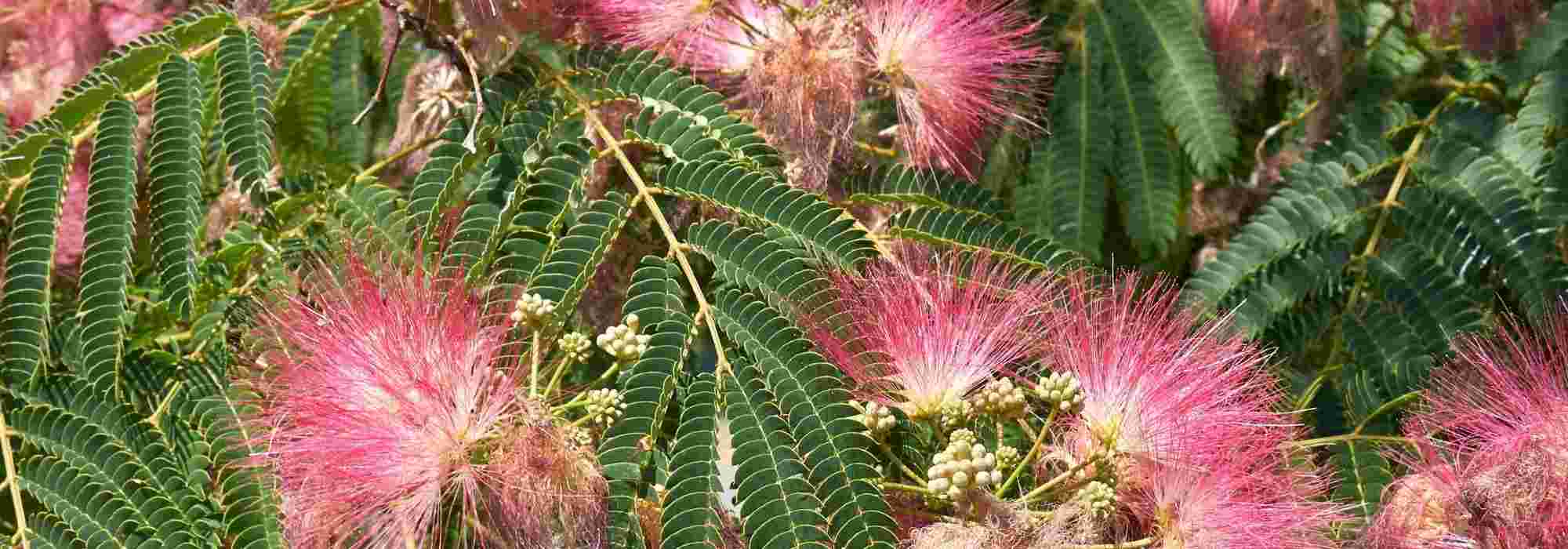
Diseases and pests of Albizia
Identification, prevention and natural treatments
Contents
The albizia is a shrub valued for its many qualities. In summer, it offers an adorable flowering in silky plumes. Its highly decorative, finely cut foliage adds lightness and a graphic touch to the garden; while its parasol-like silhouette is ideal for providing shade.
Easy to grow and low-maintenance, it is not particularly susceptible to parasitic pests and diseases. However, a few preventive measures can help avoid their appearance and keep an albizia in good health.
And in case of any symptoms detected, let’s see how to treat our shrub as naturally as possible.
Additionally, find all our tips for planting, pruning, and maintaining an albizia in the dedicated article.
Coral disease
This fungal disease is caused by a fungus (Nectria cinnabarina). It affects both bushes and trees, including fruit trees.
In subjects already weakened by injuries, such as those resulting from poor pruning or diseases, it causes the drying out and subsequent decline of shoots and branches. The sap no longer circulates, the buds are no longer irrigated, and the bark begins to peel off.
This disease can be fatal for albizias. Furthermore, it is contagious and can spread rapidly from one plant to another.
The coral disease is identified by the appearance of small, smooth, spherical pustules on the bark (trunk and branches), sometimes clustered, measuring approximately 0.5 to 1 cm in diameter. Initially pink or red, they gradually turn coral, brick, or even black. It is at maturity that these spheres open, allowing spores to migrate into the cracks and wounds of the host plant, as well as to infect other vegetation.
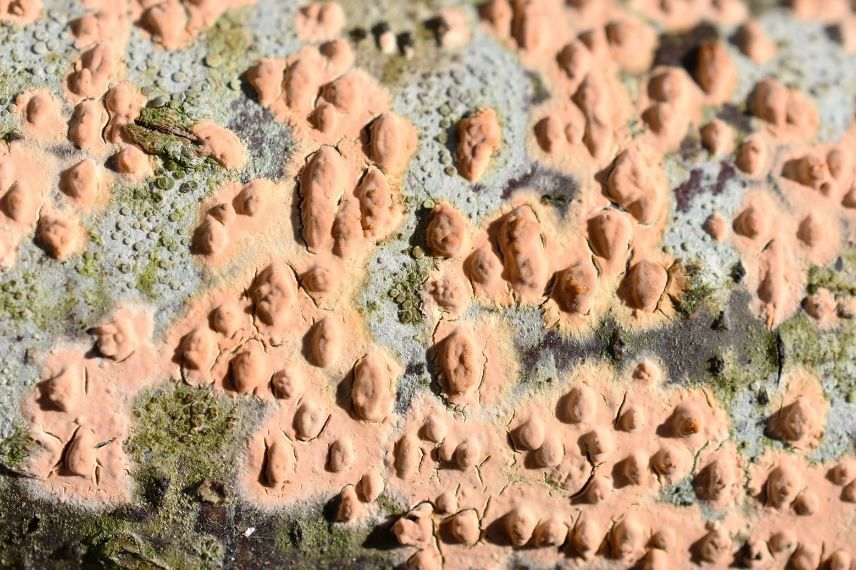
Pustules appearing on the bark
Prevention
Maintaining a healthy garden, regularly cleared of plant debris (dead branches, diseased leaves…) helps prevent the onset of diseases and stops the development of spores.
Pruning the albizia should also be done with care: use well-sharpened tools for a clean cut, always clean and previously disinfected to avoid the risk of disease spread. Additionally, you may also use a healing paste to protect fresh wounds from foreign bodies until they heal.
To follow the correct practices when pruning your albizia, refer to our advice sheet Albizia: when and how to prune it?
We advise against growing together species susceptible to this disease (lindens, magnolias, maples, cherry trees, apple trees…) or planting your albizia in an area that has previously been contaminated.
For more information on this disease, feel free to consult our advice sheet: How to prevent coral disease?
Natural solutions
If you have identified the first signs of coral disease, it is still possible to take action.
Scrape off the pustules to eliminate them, prune the affected shoots, and burn them to prevent the spread of the fungus to the rest of the bush and other plants. As with pruning, use healing paste (or clay) afterwards.
Additionally, you may consider the occasional use of a fungicide, such as Bordeaux mixture. Note that, although this product is usable in organic farming, it should be used sparingly and with caution.
If your albizia is completely affected and you wish to prevent contamination to the rest of the garden, it will unfortunately generally be necessary to consider felling it.
Fusarium wilt
Another fungal disease caused by fungi (Fusarium and Microdochium). Fusarium wilt blocks the vessels of plants and prevents the proper circulation of sap. The leaves turn yellow and the young shoots wilt, then dry out before dying, as if they were fading. A pink dust may also cover the branches.
Symptoms can eventually reach the top of the tree and cause its death.
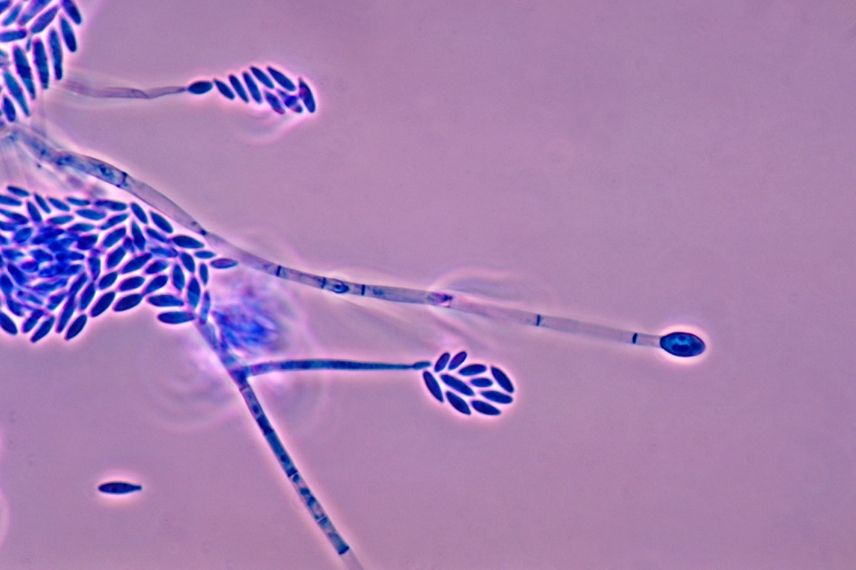
Fusarium verticillioides is one of the fungi causing Fusarium wilt (photo Wikipedia)
Prevention
Heat and humidity are often responsible for the development of fungi. As albizia is not very demanding in water once well established, ensure that the soil remains well-drained and avoid any stagnation that favours the development of diseases.
Spores can persist in the soil for several years, which is why we advise you to avoid planting your albizia in soil that has been previously contaminated within the last 4 or 5 years. Similarly, as with coral disease, avoid growing together species that are susceptible to this fungus (gladioli, tulips…).
Again, remember to thoroughly disinfect your pruning tools before use to prevent the transmission of spores and contaminating your albizia.
Natural solutions
There is no real treatment for fusarium wilt: remove and burn the affected parts to limit the spread of the disease.
And to learn more, feel free to consult our article: Fusarium Wilt, Prevention and Treatment.
Discover other Albizia
View all →Available in 2 sizes
Available in 1 sizes
Available in 2 sizes
Available in 1 sizes
Available in 1 sizes
Available in 1 sizes
Available in 1 sizes
Available in 1 sizes
Available in 1 sizes
Available in 2 sizes
Canker
These fungi or bacteria cause damage to the wood of the albizia: branches dry out, the bark splits, and unsightly calluses appear.
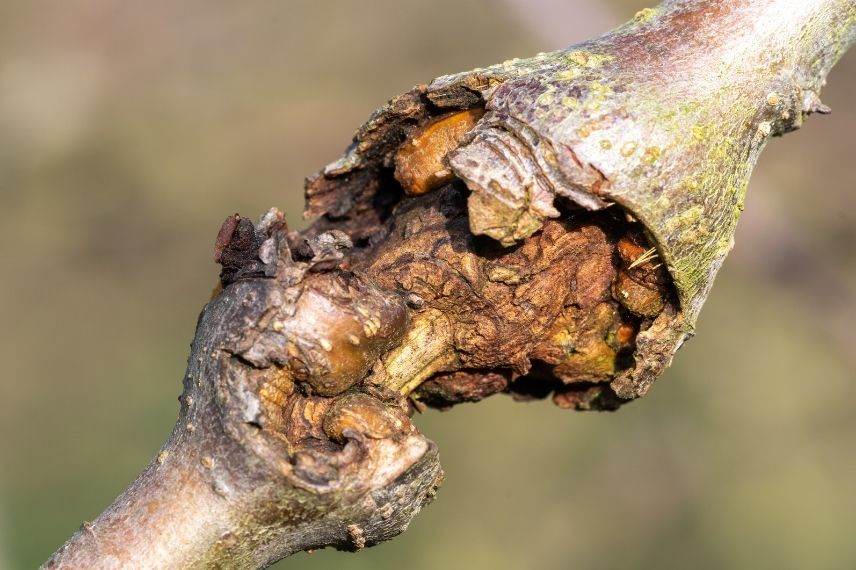
The wood cracks and calluses form.
Prevention
The preventive measures are the same as for other fungal diseases: keep the garden environment as healthy as possible, regularly cleaned and free of green waste.
Always use clean, well-sharpened cutting tools. Apply healing paste to wounds.
Natural solutions
In case of disease development, remove damaged parts and burn them to prevent any spread to the rest of the bush and other plants.
Additionally, use a fungicidal treatment (Bordeaux mixture, sulphur, etc.), to spray on the affected areas.
Psyllids and scale insects
Psylids, like scale insects, are small piercing-sucking insects that feed by puncturing the foliage of the albizia. The former are green or brown with transparent wings, while the latter are white or have brown shells. Both larvae and adults can colonise the albizia.
These little pests produce honeydew, which can lead to the appearance of sooty mould. This fungus secretes a black substance that covers the leaves and reduces the plant’s photosynthesis. Over time, the leaves of the albizia curl, deform, or turn brown before falling prematurely. This phenomenon is not fatal, but it can weaken the bush, especially in cases of repeated attacks.
The honeydew also causes secondary aesthetic damage: dripping from the tree, it stains everything nearby (garden furniture, cars, patios, other plants…).
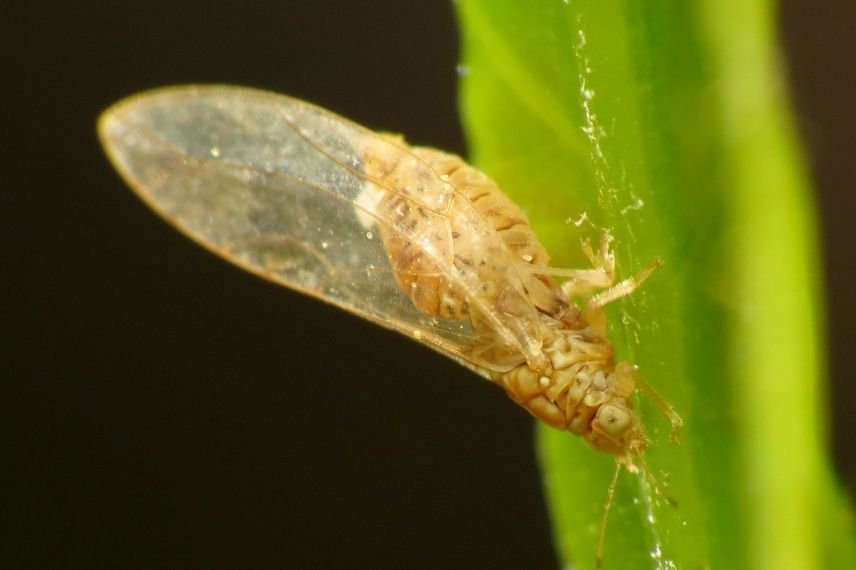 Psylid
Psylid
Prevention
Avoid excessive nitrogen inputs, which tend to attract these insects by making the leaves softer and more appetising.
Use tansy manure as a natural repellent to keep them away.
Finally, encouraging the presence of natural predators of psylids and scale insects, such as ladybirds or lacewings, helps to combat their appearance and development naturally. Installing natural hedges, ponds, shelters, etc., are simple actions to balance the garden and provide an environment conducive to biodiversity.
Find our tips in the dedicated article: A natural hedge to enhance biodiversity.
Natural solutions
At the onset of an infestation, a powerful jet of water may be enough to dislodge the invaders.
In the case of a more severe attack, spray black soap diluted on the affected parts (1 tablespoon in 1 litre of warm water), which will act as an insecticide. Preferably do this in the late afternoon to avoid affecting other insects, such as valuable pollinators.
You can also use an insecticide based on pyrethrum, always with moderation if possible, as even natural insecticides are never selective.
- Subscribe!
- Contents
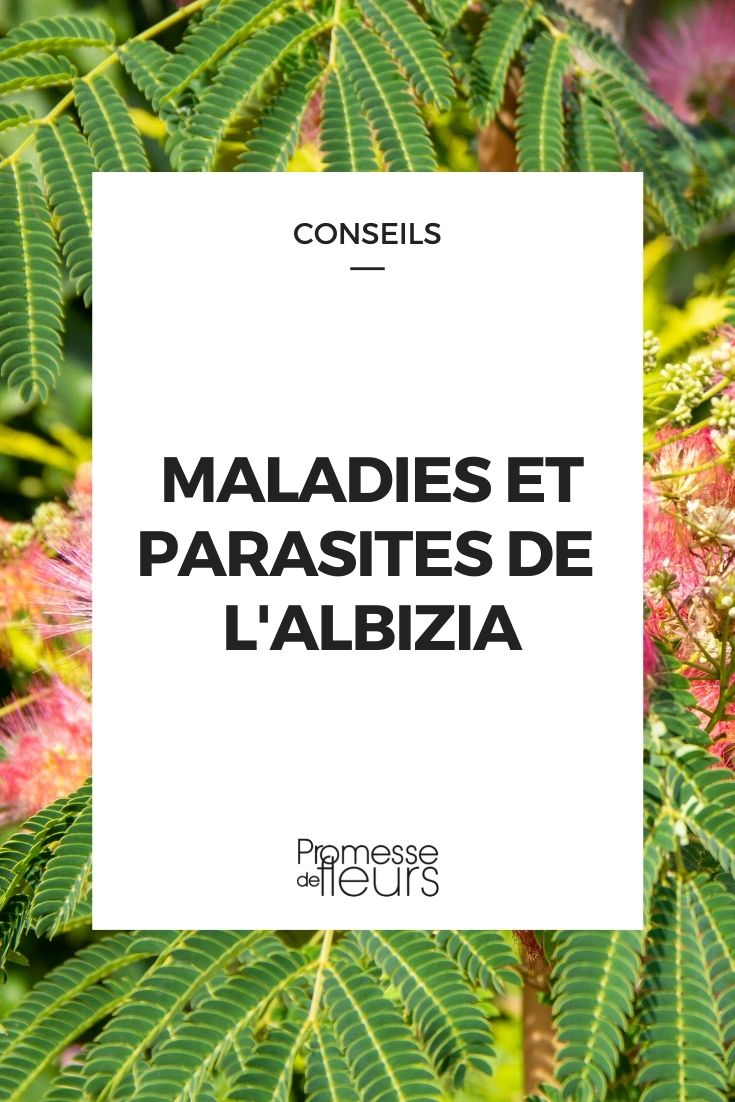































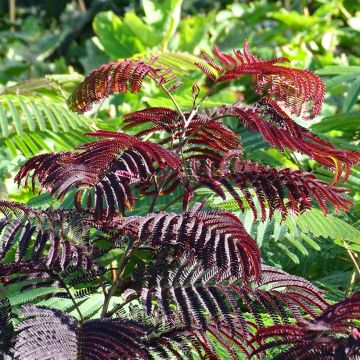
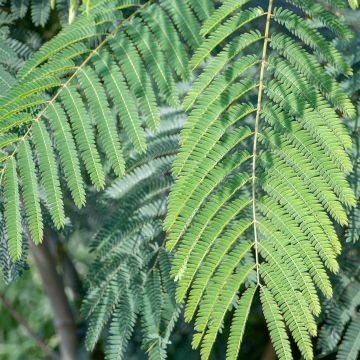
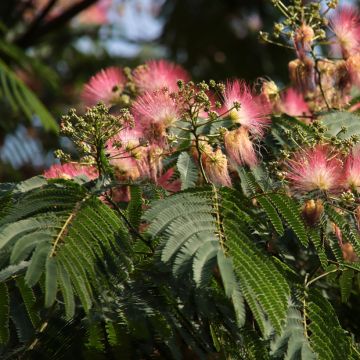

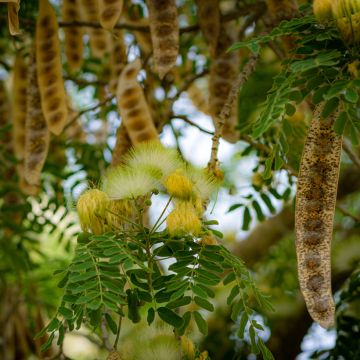


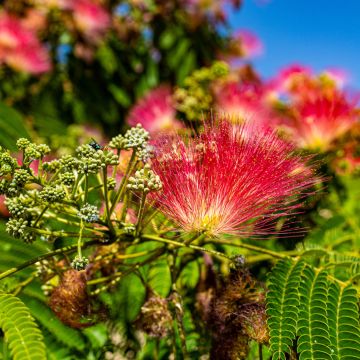


Comments